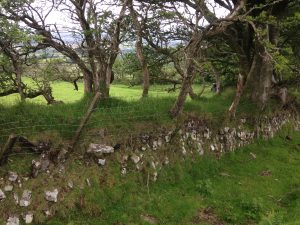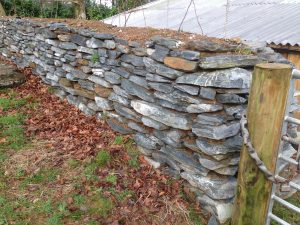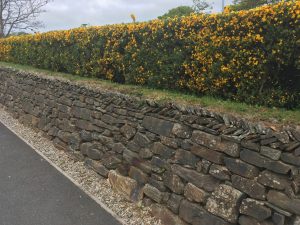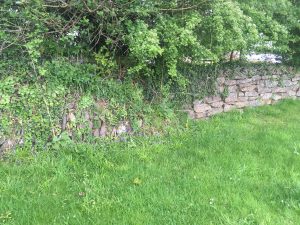In archaeological photographs a scale is generally expected. However when I take a picture of something interesting which I’ve happened upon I generally don’t have a scale with me. In these cases it’s usually a dog or pony who serves as a rough indicator of size.
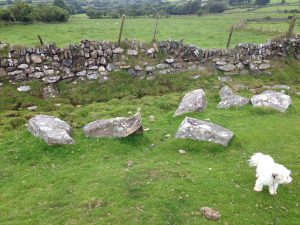
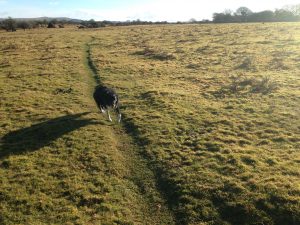
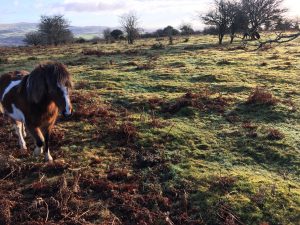
For the subjects in which I’m most interested (boundaries, pits, banks etc) the conventional scale would be a ranging pole. Unfortunately these are relatively heavy and cumbersome; telescopic versions exist but cost around £50.
I explored the idea of making my own folding version, inspired by those folding tent poles secured with elastic running through the centre.

One day at work I was discussing something with a visually-impaired colleague; after a while I stopped listening to him and focussed instead on his symbol cane.
A quick look at the RNIB’s online shop revealed quite a selection of such canes, including those for deaf-blind users which are red and white, just like a ranging pole: http://shop.rnib.org.uk/mobility/canes/symbol-canes/100cm-deafblind-folding-symbol-cane-red-white.html

1m deaf-blind symbol cane in the RNIB shop
First use revealed a problem: a 1m red and white cane with four sections looks like a 2m ranging pole in photos:

It was a simple matter to dismantle the cane and re-arrange the segments into 0.5m red and 0.5m white portions. The effect now is of half a ranging pole. I also tucked the hand-loop inside the pole for neatness.

The only annoying thing about the cane as supplied was the glue used to hold the labels on: it’s very sticky, resistant to every solvent I have at home.
All in all, a bargain at £11.70.
